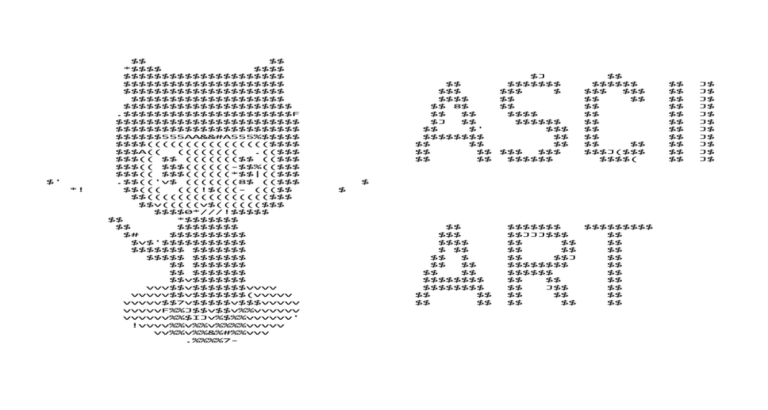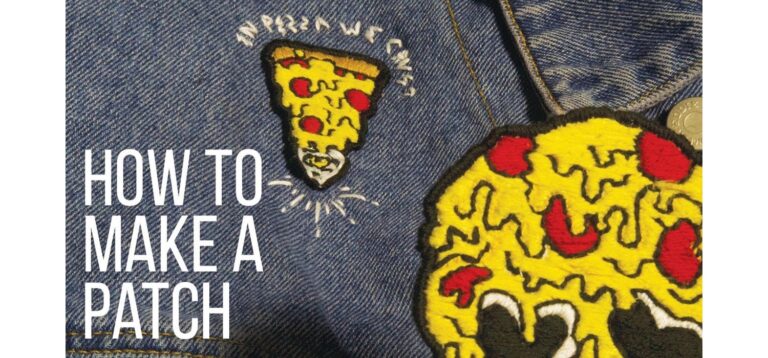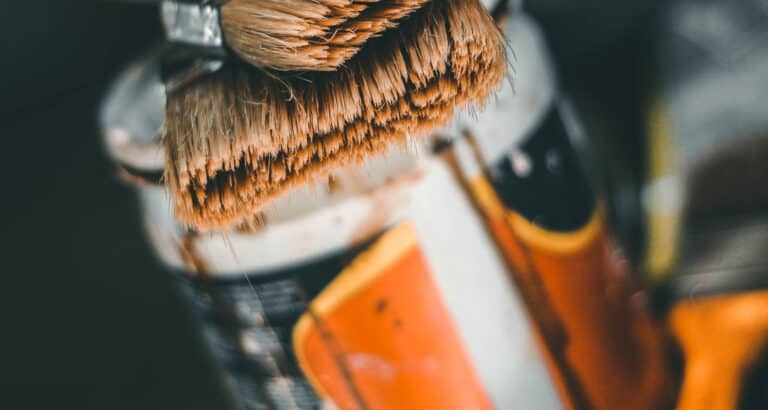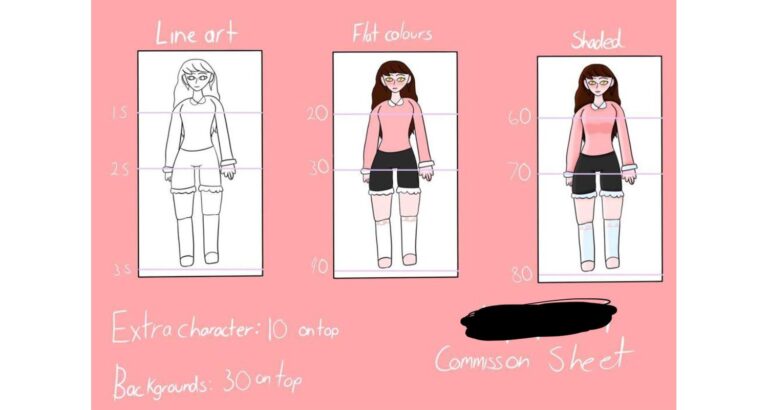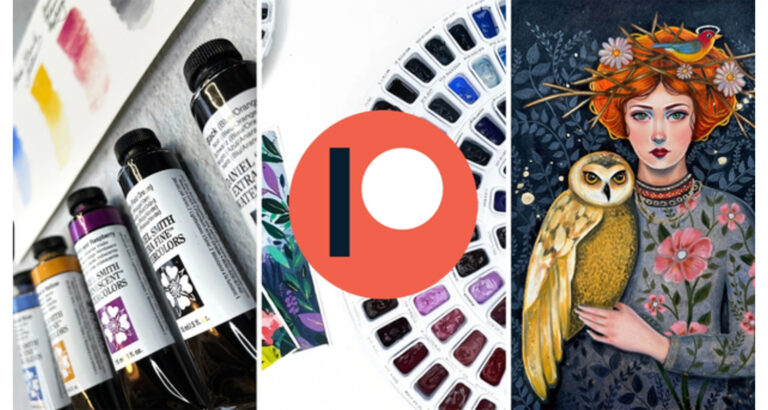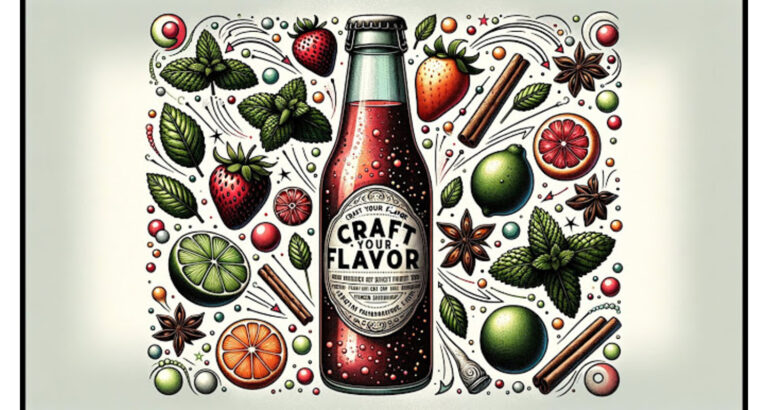Ever noticed how a simple bird feeder can transform your garden into a lively sanctuary? Birds chirping, flitting about, and bringing nature right to your doorstep. But here’s the catch – not all of us know how to invite these feathered friends over. Fear not! This article is your ultimate guide to creating a DIY bird feeder with ease. No fancy tools needed, just your creativity and love for birds. Get ready to turn your garden into a bird paradise.
Gather a plastic bottle, wooden spoons, and a string. Cut holes in the bottle for spoons to fit through as perches, fill with birdseed, and hang outdoors. Simple, sustainable, and sure to attract a flurry of birds.
Key Takeaways
- Understanding Bird Feeder Types: Knowing the different types of bird feeders is crucial for attracting specific bird species to your garden. From simple DIY projects like repurposing plastic bottles to more complex builds involving woodworking skills, there’s a feeder for every level of craftiness and birdwatching interest. Whether you opt for a hanging feeder made from upcycled materials, a platform feeder that welcomes a variety of birds, or a specialized feeder for specific types such as hummingbirds or orioles, each type plays a unique role in catering to the dietary needs and feeding habits of different bird populations.
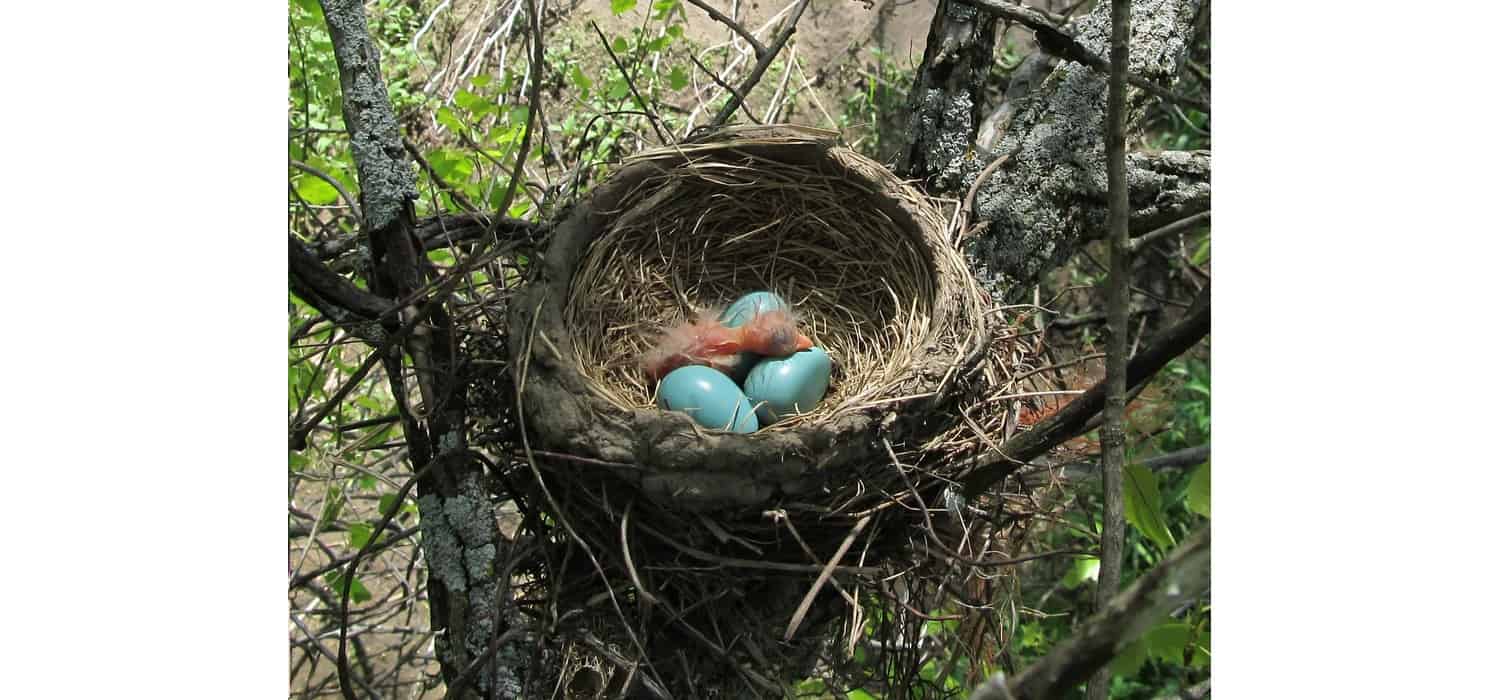
- Creativity and Sustainability: Making a DIY bird feeder not only encourages creativity but also promotes sustainability by repurposing household items. Projects like turning a plastic bottle into a feeder or using old kitchen items such as bowls and plates underscore the importance of recycling and reducing waste. These efforts contribute to a healthier environment, benefiting both your local bird community and the planet.
- Engagement with Nature: Crafting your own bird feeder is a wonderful way to engage with nature right in your backyard. It offers an opportunity to observe bird behaviors up close, learn about the diverse species that visit your garden, and contribute to their well-being by providing a reliable food source, especially during challenging seasons.
- Educational Value: DIY bird feeder projects serve as an educational tool for people of all ages. They offer hands-on learning experiences about bird conservation, the importance of biodiversity, and the joy of birdwatching. These activities can foster a deeper appreciation for wildlife and the natural world among children and adults alike.
- Community and Conservation: By creating and maintaining bird feeders, you contribute to bird conservation efforts on a local scale. Feeders can help support bird populations during periods of food scarcity, aid in the survival of migratory birds, and increase the overall health of birds in your area. Additionally, sharing your interest and projects with the community can inspire others to take part in conservation efforts, creating a collective impact on local wildlife preservation.
Materials
When embarking on DIY bird feeder projects, selecting the right materials is not just about aesthetics; it’s about safety and durability. Opt for natural, non-toxic materials like cedar wood, which resists decay and doesn’t require chemical treatments. Recycled materials, such as plastic bottles or old kitchenware, can also be excellent choices, promoting sustainability. However, ensure that any paint or finish used is non-toxic and safe for wildlife. Metal elements should be rust-proof to withstand weather conditions. The goal is to create a safe, durable haven for your feathered friends.
DIY Bird Feeder Projects
- Plastic Bottle Feeder: Transform a plastic bottle into a feeder by making small holes to hold wooden spoons, which serve as perches and seed dispensers. This project is simple, eco-friendly, and effective.
- Wooden Birdhouse Feeder: Using untreated wood, craft a small house-like structure with a feeding platform. This type of feeder can attract a variety of birds and can be customized in size and shape.
- Mason Jar Feeders: Attach a mason jar to a wooden base or suspend it with wire for a rustic, charming feeder. Mason jars are excellent for seed protection from the elements.
- Upcycled Kitchenware Feeders: Old dishes, cups, and bowls can be repurposed into unique bird feeders. Attach them to a sturdy base or hang them with chains for an artistic touch.
Each project allows for personalization and creativity, making your bird feeder not just a food source but a decorative garden feature. Remember, the placement of your feeder also matters; ensure it’s in a quiet, sheltered spot to encourage more visits.
Simple Bird Feeder Ideas
Creating a bird feeder doesn’t have to be complicated. Simple designs often work best, both for you and the birds. Consider starting with easy-to-find materials like pine cones, milk cartons, or even a piece of fruit like an orange. For a pine cone feeder, simply coat the pine cone in peanut butter and roll it in birdseed. Hang it with string from a tree branch. Milk cartons or plastic bottles can be cut open on the sides, filled with birdseed, and hung or placed on a flat surface. An orange can be halved, and after eating the fruit, the hollowed-out shells can be filled with birdseed. These projects are not only straightforward but also introduce a fun, engaging way to connect with nature.
Repurposing Household Items
Repurposing household items for bird feeders is a fantastic way to reduce waste and create a unique feeding station for your feathered friends. Items like old teacups, saucers, and even wine bottles can be transformed into beautiful, functional bird feeders. A teacup and saucer can be glued together and hung with a chain, creating a charming hanging feeder. Wine bottles can be filled with birdseed and inverted in a holder so that the seeds dispense slowly. With a bit of creativity, almost any old item can be repurposed into a bird feeder, adding a touch of personality to your garden and providing a sustainable food source for birds.
Advanced Projects: Adding Aesthetic Value
For those looking to add more aesthetic value to their garden while feeding the birds, advanced DIY bird feeder projects can be both a craft and a garden improvement project. Using woodworking skills, you can build intricate feeder designs that mimic mini houses or rustic cabins. Incorporating materials like copper for roofs or using stained glass pieces for decoration can turn a simple bird feeder into a work of art. These projects require more time and effort but the result is a beautiful feeder that serves as a focal point in your garden and attracts a variety of birds.
Incorporating Technology
Technology can enhance the traditional bird feeder in many ways, from incorporating webcams for bird watching to automated feeders that dispense seeds at specific intervals. A simple project involves attaching a webcam to a bird feeder, allowing you to observe the birds from your computer or smartphone. This can be especially rewarding for those who cannot frequently be outside to watch the feeder. Automated bird feeders can be programmed to release birdseed at times when bird activity is highest, ensuring that food is always available when birds visit. These tech-enhanced feeders add a new dimension to bird feeding and watching, making it more interactive and accessible.
Each section of this article aims to guide you through the process of creating a bird feeder, from simple designs to more complex projects that incorporate technology. Whether you’re a beginner looking for an easy weekend project or an experienced DIYer ready to tackle a more challenging build, there’s a bird feeder project for you.
Step-by-Step Guides: Building a Wooden Bird Feeder
- Design Your Feeder: Decide on the type (platform, house, tube) and size. Sketch your design, including dimensions.
- Gather Materials: You’ll need wood (cedar is a good choice due to its durability), screws, nails, a drill, saw, sandpaper, and possibly a wood sealer.
- Cut the Wood: According to your design, cut the wood pieces. Common pieces include the feeder base, sides, roof, and perch poles.
- Assemble the Frame: Start by attaching the sides to the base. Use screws or nails, ensuring stability.
- Add the Roof: Attach the roof pieces, ensuring they overhang to protect the seed from rain.
- Drill Feeding Holes/Install Perches: If making a house or tube feeder, drill holes for the birds to access the seed. Attach perches below the holes.
- Sand and Finish: Sand the feeder to remove any rough edges. Apply a non-toxic sealer to protect the wood, if desired.
- Hang or Mount Your Feeder: Choose a location that’s safe from predators and elements. Use hooks, strings, or mount it on a pole.
Upcycling for Bird Feeders
- Choose Your Item: Popular items include plastic bottles, milk cartons, and old kitchenware.
- Clean and Prepare: Ensure the item is clean and dry. Remove any unnecessary parts.
- Modify for Feeding: Cut holes for access to the seed. If using a bottle, small holes near the bottom work well.
- Add Perches: Glue or screw in sticks, dowels, or spoons below the feeding holes.
- Decorate: Paint or decorate as desired, using bird-safe materials.
- Hang Your Upcycled Feeder: Use string, wire, or place it on a stable surface.
Installation and Maintenance Tips
- Placement: Install feeders near trees or shrubs for bird safety, but not too close to avoid predators.
- Height: Keep feeders at least 5 feet off the ground to deter some predators.
- Cleaning: Regularly clean feeders to prevent disease. Use a solution of one part bleach to nine parts water, rinse well, and dry before refilling.
- Refilling: Check and refill feeders regularly, especially during winter.
- Observation: Monitor your feeder for bird activity and adjust the location if necessary to ensure it’s being used.
For specific projects or more detailed instructions, consider looking up dedicated DIY websites, video tutorials, or birdwatching forums for guidance.
Conclusion
Creating DIY bird feeders is a rewarding way to engage with nature and support local wildlife. It’s a simple act that not only brings beauty and life to your garden but also contributes to bird conservation. By utilizing household items or embarking on more advanced projects, you can create a welcoming environment for birds. Regular maintenance and thoughtful placement of the feeders ensure the well-being of your feathered visitors. This endeavor not only enhances your outdoor space but also fosters a deeper connection with the natural world, encouraging sustainable living practices. Embrace the joy and satisfaction derived from this creative and impactful hobby.
FAQ’s
What materials are best for making a DIY bird feeder?
Use natural, non-toxic materials like cedar wood for durability and safety. Recycled materials, such as plastic bottles or old kitchenware, are also great for eco-friendly projects. Ensure any paint or finish is wildlife safe.
How can I make my bird feeder attract more birds?
Incorporate a variety of feeder types to attract different species. Use sunflower seeds, thistle, and suet to appeal to a wide range of birds. Ensure feeders are clean and placed near shelter but in a clear line of sight for birds.
Are DIY bird feeders safe for all bird species?
Yes, when designed thoughtfully. Ensure feeders have smooth edges, are easy to clean, and don't contain harmful materials. Regularly clean them to prevent disease spread among bird populations.
Can I use recycled materials to make a bird feeder?
Absolutely! Upcycling items like plastic bottles, teacups, or wooden pallets not only saves money but also benefits the environment. Just make sure they're clean and safe for birds.

I am Sammy and I blog at Live it. Love it. Make it. It is creative lifestyle blog run by best friends H and Sammy. Head over and follow our crafty adventures!

